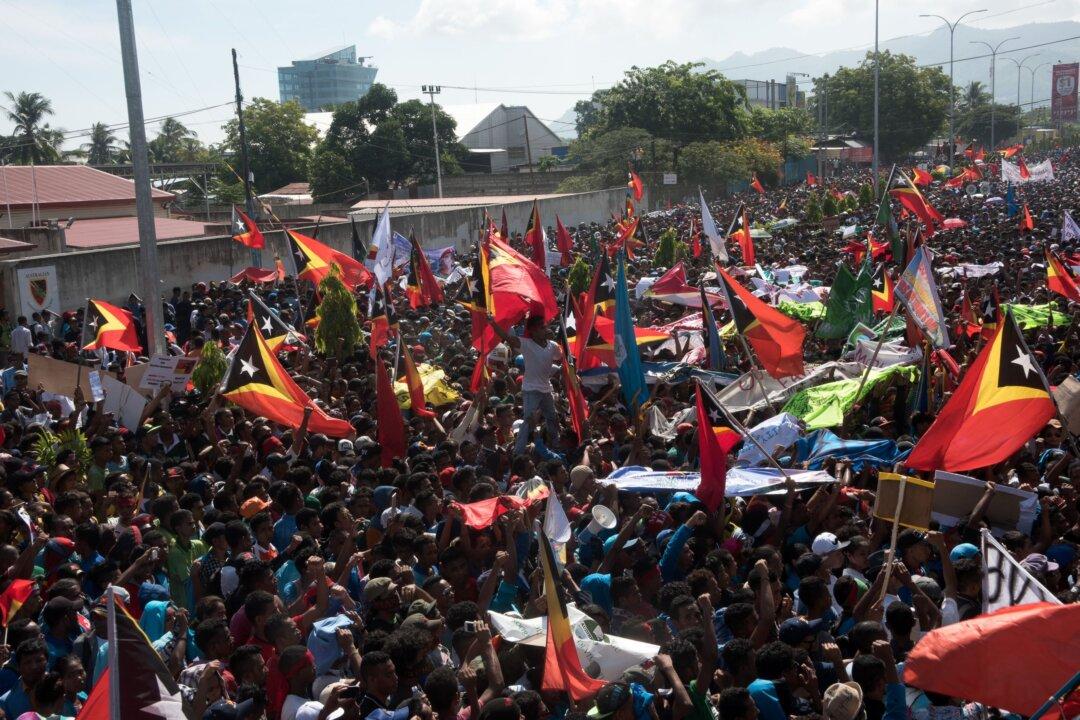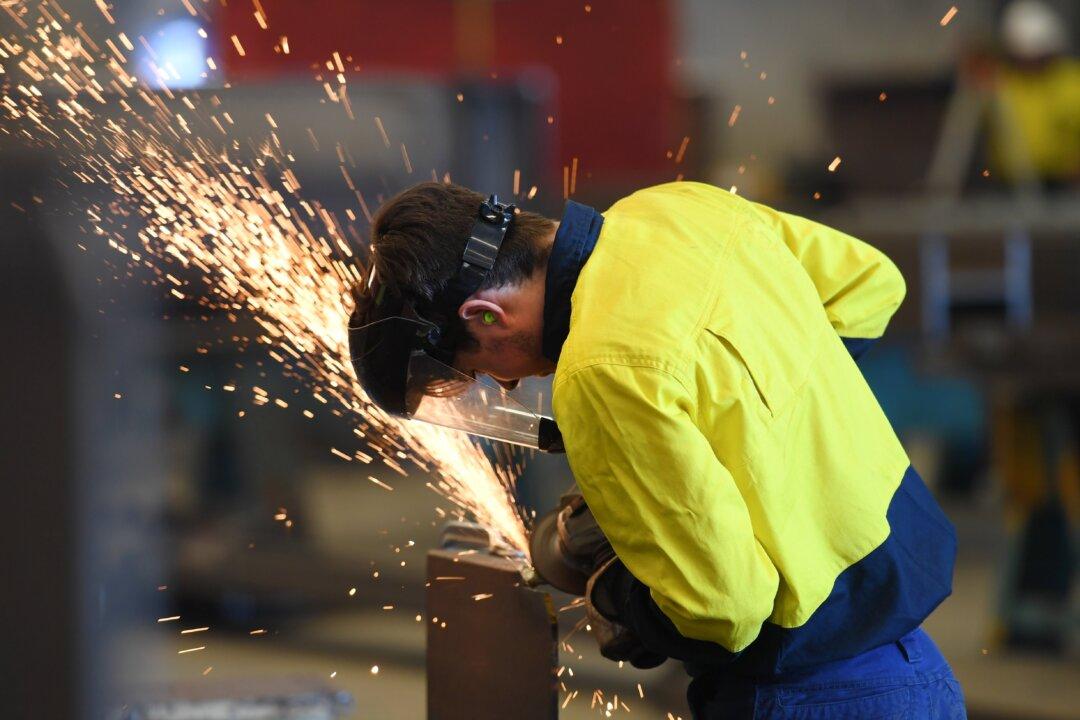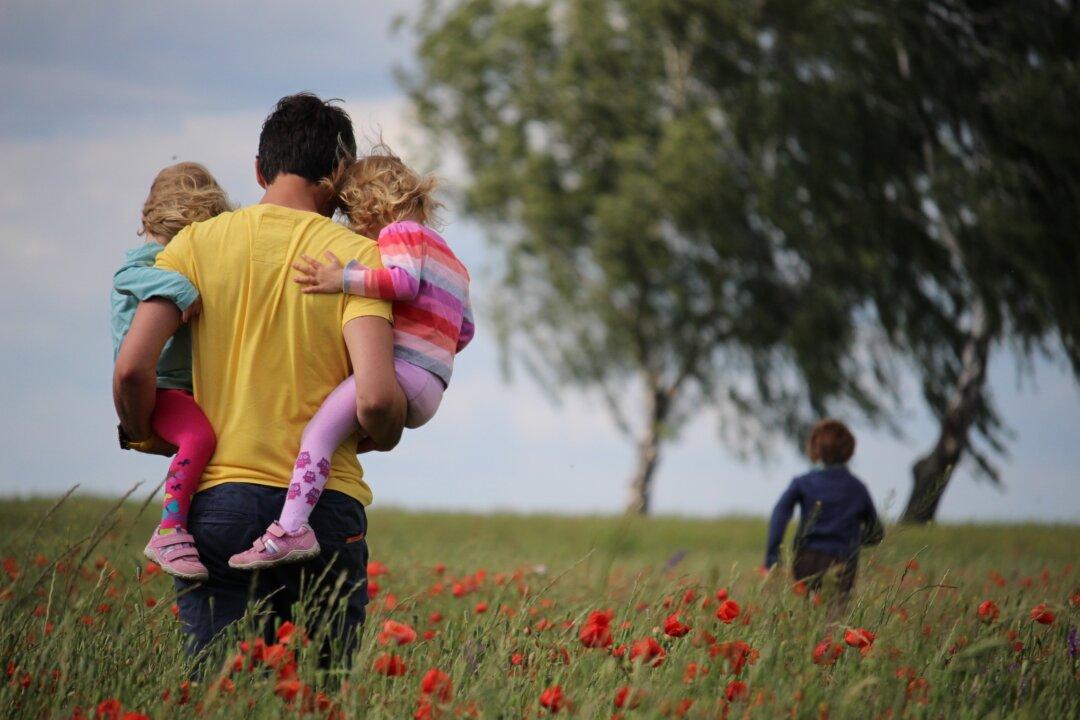Timor-Leste’s ban on martial arts has been extended until November after the government announced in April that the suspension had “drastically” reduced the number of public order incidents involving martial arts groups.
“We’ve agreed to a resolution to extend the suspension of martial arts,” Prime Minister Xanana Gusmao told reporters in April.





